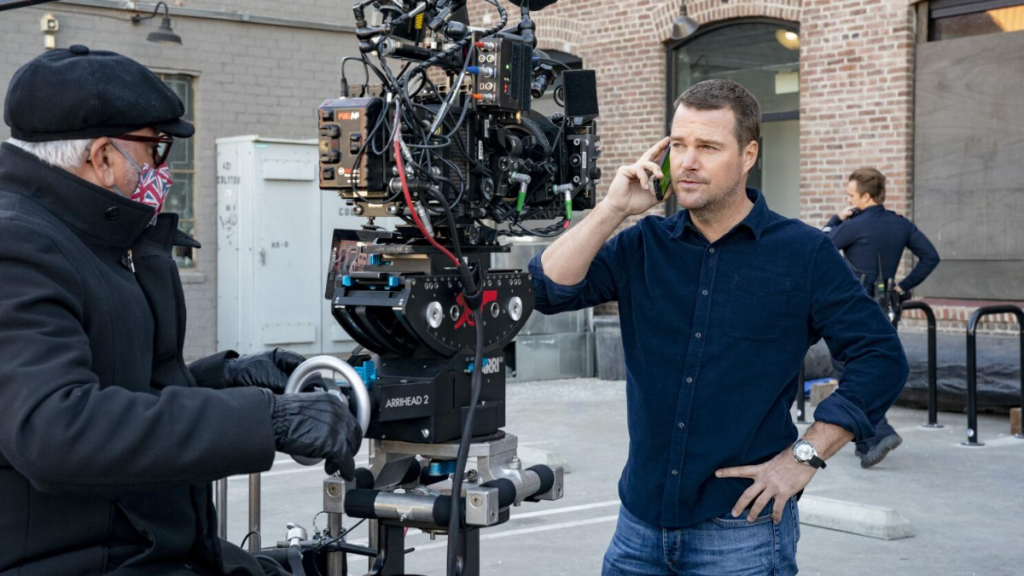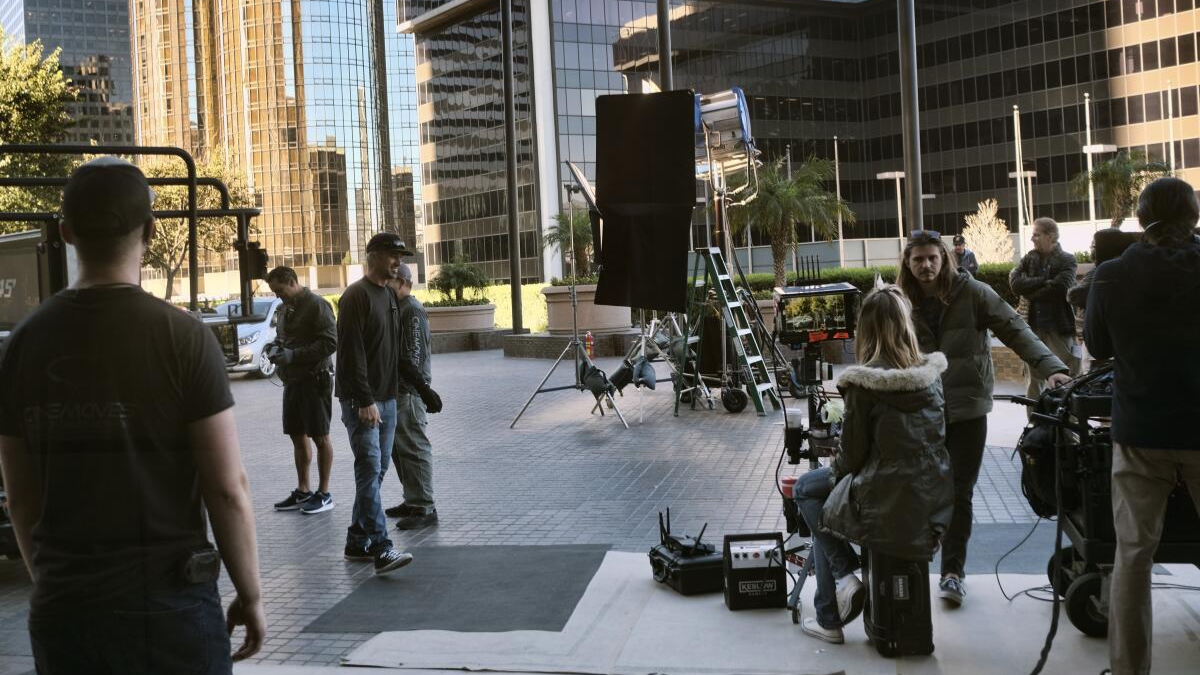Los Angeles, once the undisputed heart of the global entertainment industry, is facing a worrying trend: a sharp and continued decline in film and television production. According to a new report from FilmLA, the nonprofit that handles film permits in the region, on-location filming in L.A. dropped by more than 22% in the first quarter of 2025 compared to the same period last year.
This downturn is more than just a statistical hiccup—it reflects larger shifts in the entertainment world and raises concerns about the long-term economic impact on the city and state.
A Major Setback for Hollywood’s Hometown
The FilmLA report revealed that between January and March 2025, only 6,711 days of on-location filming were recorded. That’s a dramatic 22.4% decrease from 8,644 shoot days in Q1 of 2024. The decline affected nearly every major production category, including scripted television, feature films, commercials, and reality TV.
Television production saw the steepest drop, falling 24.3%, followed by a 20.7% decrease in feature film production. Commercial shoots were down 13.6%. FilmLA officials say this is the lowest first-quarter total they’ve seen in years.
“This is not a simple post-strike recovery dip,” said FilmLA President Paul Audley. “The slowdown in filming reflects structural changes in the industry and intensifying competition from other production hubs.”
Reasons Behind the Decline
Several factors are contributing to the continued downturn in L.A.’s once-thriving film and television industry.
1. Residual Effects of Labor Strikes
In 2023, prolonged strikes by the Writers Guild of America (WGA) and Screen Actors Guild‐American Federation of Television and Radio Artists (SAG-AFTRA) brought Hollywood to a standstill.
While the strikes have since ended, the backlog in production and disruption to development pipelines has continued to impact filming schedules well into 2025.
2. Fierce Competition from Other States and Countries
States like Georgia, New Mexico, and New York offer generous tax incentives that lure productions away from California.
On the global stage, countries like Canada and the United Kingdom have also emerged as dominant players in the production space, offering attractive financial benefits, experienced crews, and cutting-edge facilities.
California’s incentive program, although helpful, hasn’t been enough to counterbalance the high costs associated with shooting in L.A. “We’re being outbid by other markets that simply make it cheaper to film,” said one local producer.
3. The Streaming Shift
The transition from traditional network programming to streaming services has also changed the way content is produced and distributed. With studios reducing the number of greenlit projects and moving toward lower-budget or international productions, the volume of work being done in Los Angeles has shrunk significantly.
Economic Implications for Los Angeles
The entertainment industry is one of Southern California’s key economic engines, generating billions of dollars annually and supporting hundreds of thousands of jobs.
From set designers and camera operators to caterers and transportation crews, film and TV production creates a ripple effect across numerous sectors.
A sustained decline threatens not just the people working directly on sets, but the entire ecosystem of businesses that depend on Hollywood’s output.
The California Film Commission reported that in 2023 alone, the state’s entertainment industry paid out more than $43 billion in wages. With the current slowdown, many workers have reported layoffs, reduced hours, and uncertain futures.

A Call for Policy Action
Industry insiders are urging the state to strengthen its film and television tax incentive program. Although California does offer financial incentives through the Film & Television Tax Credit Program, it hasn’t kept pace with rival markets that are more aggressive in attracting productions.
“We need to seriously reevaluate our strategy,” said Audley. “If we don’t make Los Angeles more competitive, we’ll continue to lose not just projects—but entire production companies.”
California Governor Gavin Newsom has expressed support for the industry, but no major new legislation has been passed to address the most recent wave of production losses. Advocates hope the latest data will serve as a wake-up call to policymakers.
Long-Term Concerns for L.A.’s Cultural Identity
Beyond the economic toll, the decline in production also impacts Los Angeles’ identity as the entertainment capital of the world. Sound stages, backlots, and historic studios like Paramount and Warner Bros. have long been symbolic of the city’s creative spirit.
With fewer productions shooting locally, there’s a fear that L.A. could lose its status as the go-to location for global storytelling. Industry veterans say preserving that cultural legacy requires investment and modernization—not just nostalgia.
“Hollywood isn’t just a name—it’s a brand,” said L.A.-based screenwriter Maria Jennings. “And like any brand, if we don’t protect it, we could lose our place at the top.”
Conclusion: Time for a Strategic Shift
Los Angeles is at a crossroads. The continued decline in film and television production should not be seen as temporary—it signals a deeper transformation in the industry.
With economic, cultural, and competitive pressures mounting, L.A. must adapt or risk further erosion of its entertainment dominance.
Stronger policies, better incentives, and a renewed commitment to local production may be the keys to reversing this trend. Otherwise, Hollywood’s legacy could fade into memory while the next generation of cinematic stories is told elsewhere.
For more details, view the full report on the decline in L.A. filming from Reuters.
Disclaimer – Our team has carefully fact-checked this article to make sure it’s accurate and free from any misinformation. We’re dedicated to keeping our content honest and reliable for our readers.
